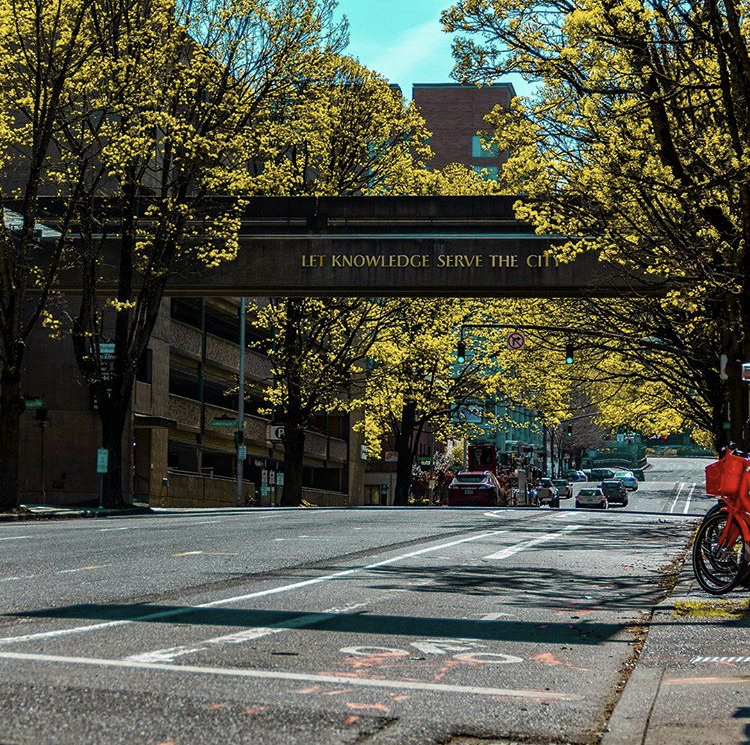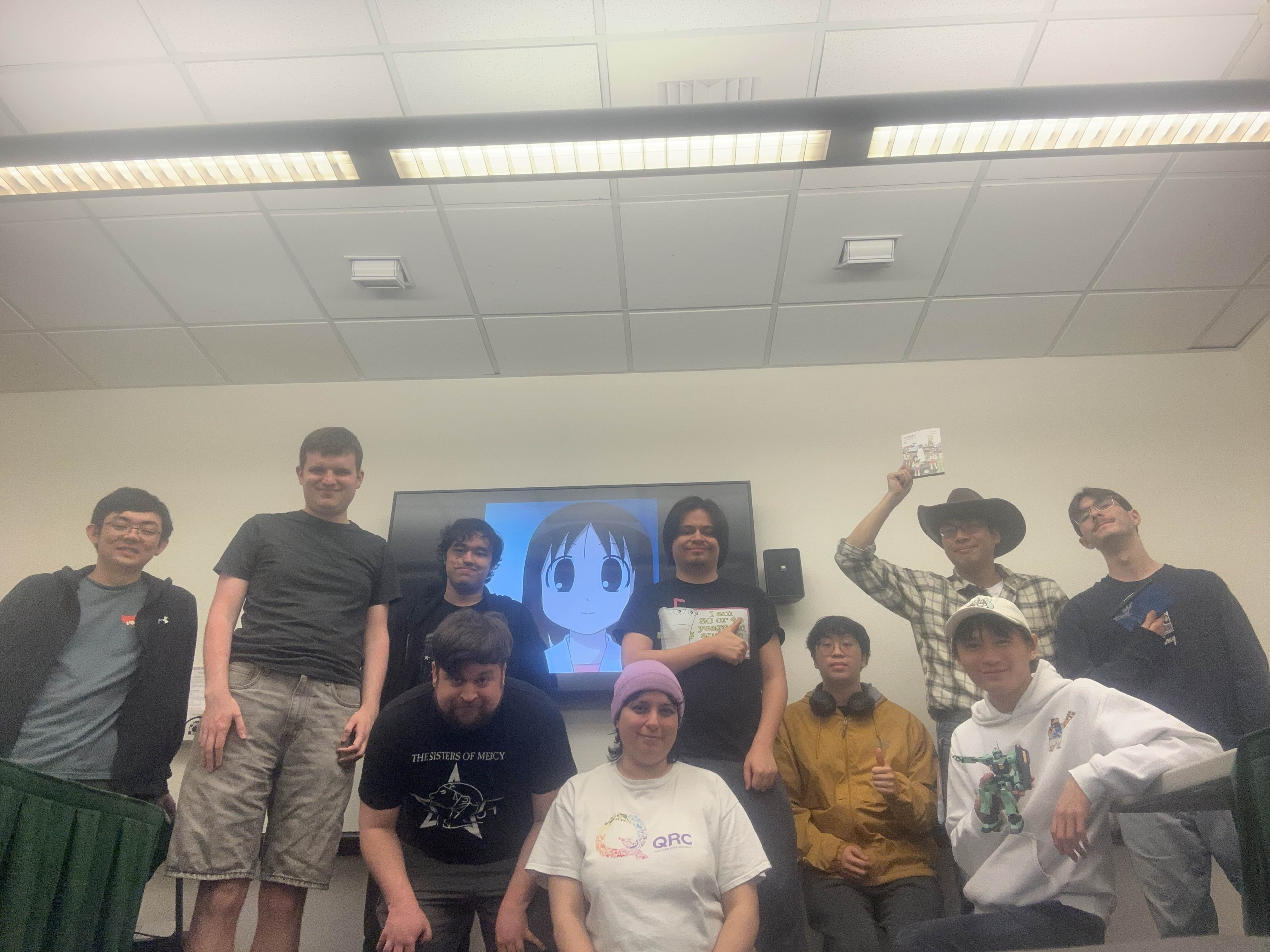Both online and remote classes happen at the same place in cyberspace. The key is: one costs $140 more than the other.
This fall, online and remote classes will both be held over D2L, Portland State’s online learning platform. However, online classes will continue to have a $140 course fee per four-credit class, while remote classes will not.
PSU’s new webpage, “Flexible Fall at PSU,” explains the university’s plans for their COVID-19 response in fall term. This plan draws the distinction between “online” and “remote” classes, stating: “Online courses are intentionally designed for complete digital interaction, at a distance…remote courses use a strategy of moving content designed for face-to-face instruction to a digital format.”
Online classes cost $35 per credit, adding up to $140 for the standard four-credit class. According to the webpage, “The online fee at PSU is used to support the purposeful design of online programs.”
“We have certain courses that were designed to be taught online. They have the curriculum that has been adopted for online delivery,” said Christina Williams, PSU director of Media and Relations. “And that’s a whole process that classes go through to become online courses.”
Online courses necessitate the use of resources that may not be as heavily used in in-person classes—what the Fall Flex calls “the delivery of online student services including library, advising, learning center, and IT helpdesk.”
Christopher Broderick, associate vice president of communications at PSU, agreed that resources are used by both types of classes.
“A portion of the fee does supplement funding for the [Office of Information Technology], [Academic & Career Services] and the Library to support the students in those fully online courses, and some pays licenses for software required to support those courses,” Broderick stated.
“The [Office of Academic Innovation] staff was critical in helping the faculty make the conversion to remote instruction, and they continue to provide resources and support to all of the faculty,” he continued.
Dr. Erin Shortlidge, assistant professor of biology, focuses her research on the way science is taught. According to her, online classes “should be very well thought out with well designed curricula just like we design for face to face curricula.” However, that may be difficult to do with the more improvisational development that often accompanies remote courses. For instance, “the biology department has very little experience developing online courses,” according to Shortlidge.
The science departments at PSU also face some unique challenges because of the necessity of labs in some courses. So far, they have been able to move to remote learning for spring and summer, and foresee some in-person classes this fall.
Other academic departments face their own challenges in remote classes.
“The challenge for music [and] theater is that performance based activities don’t work well remotely,” stated Bonnie Miksch, director of the School of Music and Theater. “We have a number of successful online offerings in music history and popular music.”
Despite the success with a limited amount of online courses, Miksch stated the online fee “goes directly into the coffers of the Office of Academic Innovation and doesn’t help the academic unit.”
OAI is vital to both types of class, and when things are off-campus the same resources are used, yet the fee schedule varies.
There will still be a small number of in-person classes this fall, but the majority of learning at PSU—whether it’s a remote or online course—will be over our computers.
“It’s not possible to predict what [COVID-19] conditions will be like three months from now.” Broderick stated. “The key to a successful fall term is ensuring the health and safety of everyone—students, faculty, staff and visitors—while providing the best possible educational experience for students.”






